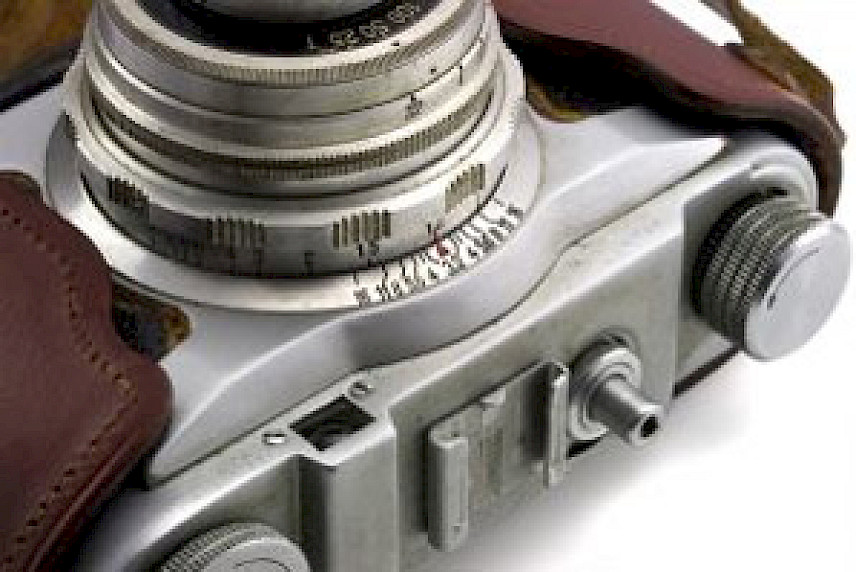
Asking for a digital picture in Bytes, Kilobytes or even Megabytes is like asking for a printed picture in grams in the old days of print photography. What’s important when thinking about image size for digital pictures is not the file size, but the pixel size combined with the 'dots per inch' or 'DPI'.
Being a helpful sort of chap, I recently offered to supply some images to a third party. The pictures were taken with a very good camera (16 Megapixel Nikon DSLR) and cropped to show the subject off at its best. I submitted them on CD as instructed and the print brochure they produced using them looked great. Result! A short time later I received a call from their web team to say the pictures, “weren’t the right size”. In their defence they were not Photoshop folk, but simply following the instructions of the system they were using. Keen to help resolve the issue, I asked what the “right size” was according to their system? “600 Kilobytes” was the reply. Oh dear…
If we examine the terminology, it’s easy to see why that statement is completely irrelevant.
Kilobytes as a measure
A Byte is a digital “word” consisting of 8 bits of digital data information. What’s a “bit”? Simple! It’s a one or a zero, a voltage or not. It’s the language computers use to communicate and how all computer files and programs are formatted.
A Kilobyte is 1000 Bytes and, as such, is still a measure a file size. It is not a measure of picture size. In fact asking for a digital picture in Bytes, Kilobytes or even Megabytes is like asking for a printed picture in grams in the old days of print photography. What’s important when thinking about image size for digital pictures is not the file size but the pixel size combined with the “dots per inch” or “DPI”.
Physical Size
Imagine you’re looking at the old family photo album. The pictures are likely to be 6x4 or 7x5 inches in physical size. The same is true of digital images. A digital image is made up of a fixed number of dots or pixels, each a specific size. Therefore, the number of pixels across the width of an image divided by the number of pixels per inch will give us a physical image size in inches.
Dots Per Inch or “DPI”
Any digital printing or display process will have a certain number of dots or “pixels” per physical inch of their display. This, along with the number of pixels you have in your image, will tell you how big the photo is. Printed material (like holiday brochures for example) will usually be 300DPI. Images on websites are always 72DPI.
When the dots or pixels are assembled into a picture the physical size will depend on the number of pixels (or dots) and the DPI. Let’s look at an example:
An image is 6000 pixels wide and 3000 pixels high at 300DPI. The physical size, when displayed at 100% (i.e. no adjustments or “scaling”) would be:
6000 pixels / 300 DPI = 20 inches wide by…
3000 pixels / 300 DPI = 10 inches high
File compression
A file size in Kilobytes is further confused by the use of data compression. Some file formats, like the common JPEG format (files with the extension “.jpg”), use compression to “throw away” image data that you might not see. Compression is variable when you save an image, the more compression you add the more data is thrown away and the poorer the picture quality becomes. Also, as a result, the more compression is used the smaller the files size is too!
Size to suit
If you’re creating images for print or web be careful to set the pixel size, DPI and level of compression to suit the application. Web images should be 72DPI with a pixel size to suit the space available on the intended web page. For print be sure to save the file at 300DPI and a physical size to suit the publication it’s for!





